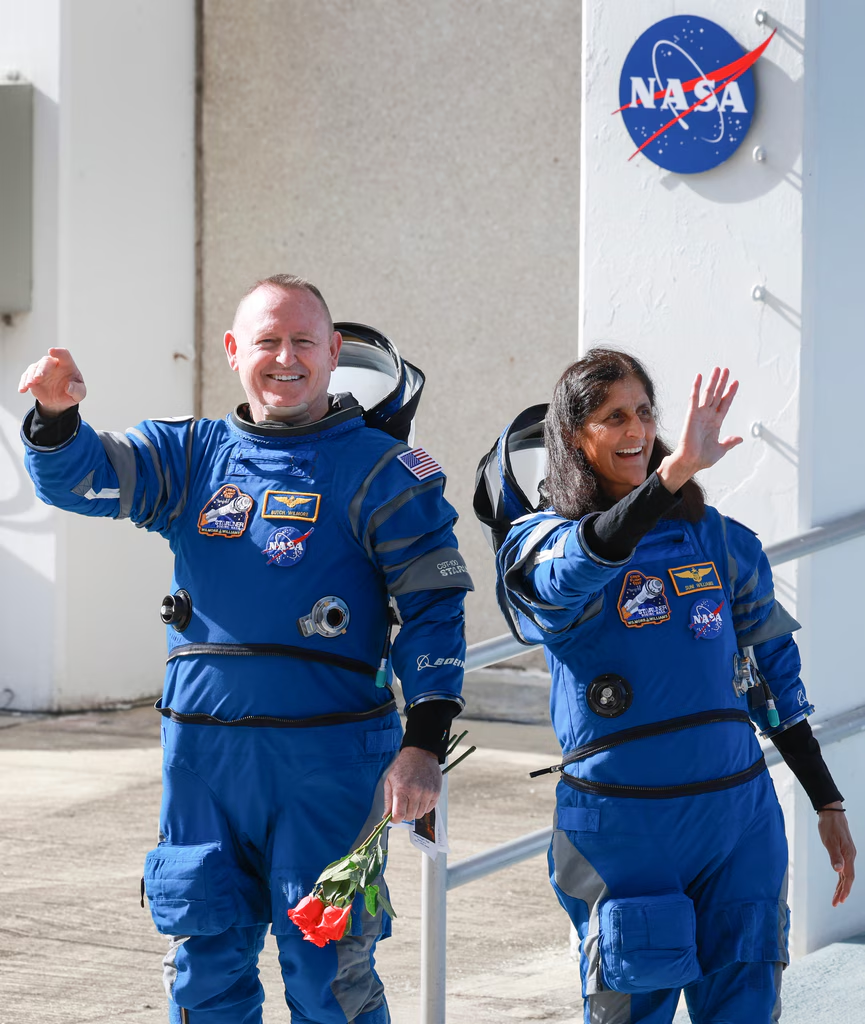On March 18, 2025, NASA astronauts Sunita “Suni” Williams and Butch Willmore returned to Earth after an extended stay of 278 days aboard the International Space Station (ISS). This unprecedented duration, significantly longer than their planned 8-day mission, has raised questions about their compensation during this time. This report delves into the earnings of these astronauts, the federal regulations governing their salaries, and the implications of their extended mission on their financial remuneration.
NASA astronauts are classified as federal employees and, as such, are compensated according to the General Schedule (GS) pay scale, which ranges from GS-11 to GS-14. Salaries for astronauts typically fall within the range of $84,365 to $152,258, depending on their experience and qualifications. However, specific salary details for Williams and Willmore have not been publicly disclosed.
Despite their extended mission, NASA clarified that astronauts do not receive overtime or additional pay for holidays and weekends while in space. As stated in a recent communication from NASA, “When NASA astronauts are aboard the International Space Station, they receive regular, 40-hour work-week salaries.” This means that even with their prolonged stay, both astronauts continued to earn their standard salaries without any financial bonuses for the extra time spent in orbit.
While in space, astronauts are considered to be on official travel orders as federal employees. This status entitles them to certain benefits, including covered transportation, lodging, and meals. Additionally, they receive an allowance for incidentals during their time in space. According to NASA, the incidentals amount is subject to reduction based on the length of the trip, adhering to federal travel regulations.
Fellow astronaut Cady Coleman noted that the daily incidental allowance could be as minimal as a few dollars, estimating it at around $4 per day during her own mission. If we apply this estimate to Williams and Willmore’s extended stay, they may have received approximately $1,144 in incidentals over their 286-day mission. This figure, while a supplement to their salaries, remains relatively modest compared to their overall earnings.
The return of Williams and Willmore was marked by the physical challenges associated with prolonged exposure to microgravity. Upon landing, both astronauts were wheeled off in stretchers—a standard procedure due to the difficulty of walking after extended periods in zero gravity. Former NASA senior scientist John DeWitt highlighted that this practice is essential for astronaut safety, as many returning from space find it challenging to regain their balance and mobility.
Beyond the physical toll, extended missions in space can also have psychological effects. Astronauts must adapt to confined living conditions, limited social interaction, and the mental strain of isolation. These factors can contribute to stress and emotional challenges that need to be addressed during and after their missions.
The extended stay of astronauts Suni Williams and Butch Willmore aboard the ISS has brought attention to the financial aspects of space travel, particularly regarding compensation for federal employees in extraordinary circumstances. While they did not receive overtime pay or significant additional financial benefits for their extended mission, they continued to earn their standard salaries and received a small allowance for incidentals.
As NASA continues to push the boundaries of space exploration, understanding the compensation structure for astronauts is essential for future missions. The experiences of Williams and Willmore serve as a reminder of the challenges faced by astronauts, both financially and physically, as they contribute to humanity’s exploration of space.


